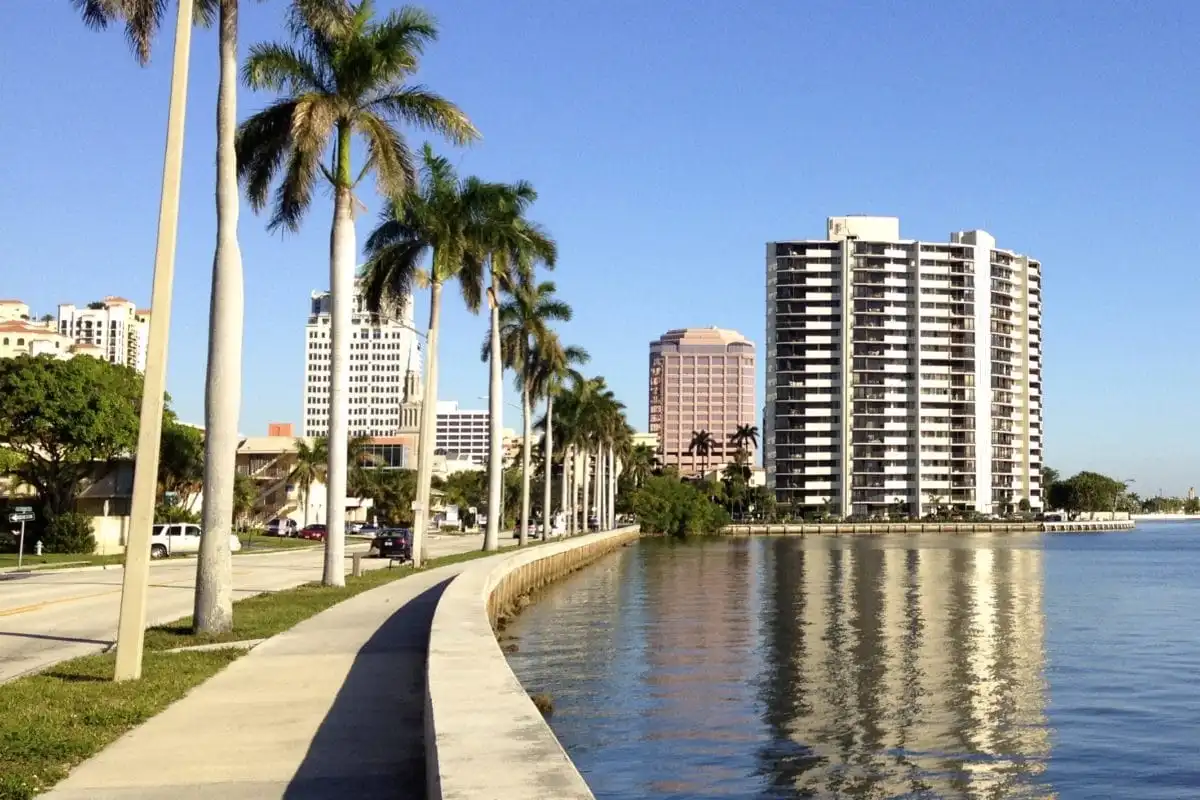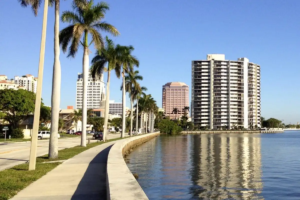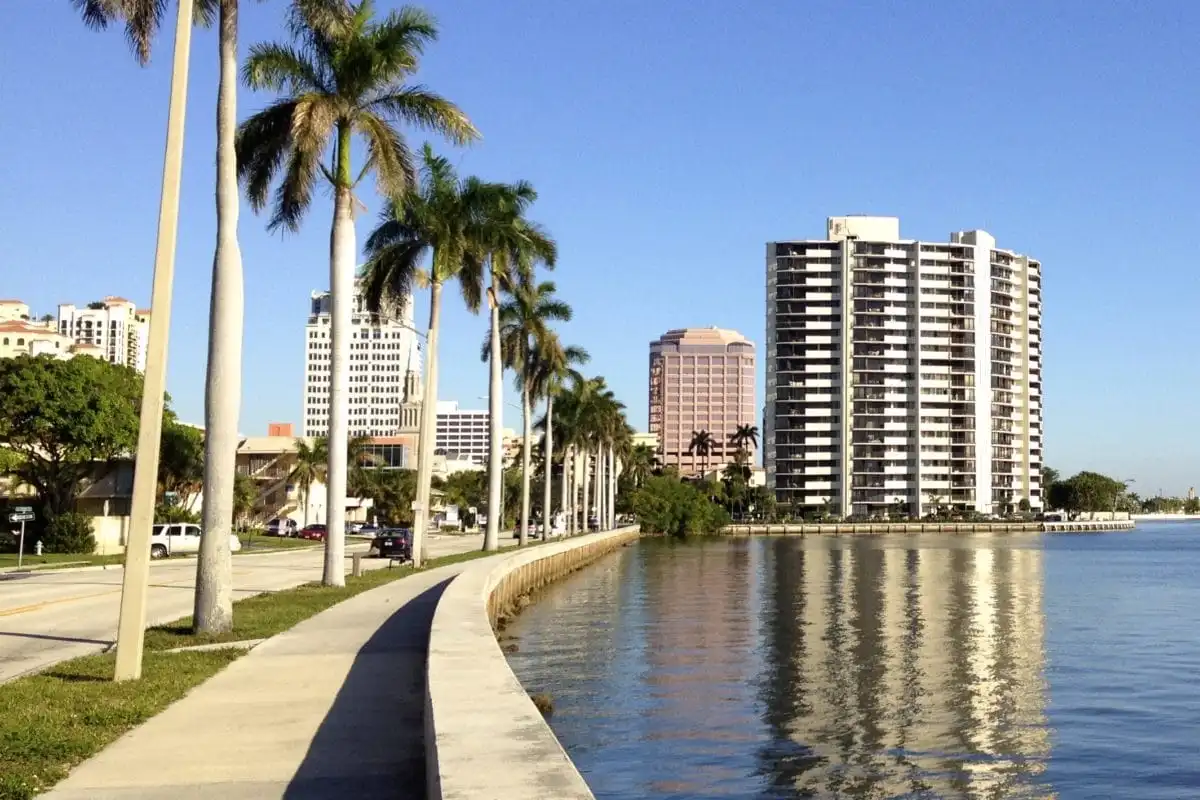Oasis Tower: Index Investment Group Secures Approval for 323-Unit Development in West Palm Beach
In a significant boost to West Palm Beach's residential landscape, Index Investment Group has received unanimous approval from city commissioners for their ambitious Oasis Tower development. The 12-story multifamily project will bring 323 rental units to the Centrepark business district, with a substantial commitment to workforce housing that addresses the region's ongoing affordability challenges.
Project Specifications and Enhanced Design
The newly approved Oasis Tower will rise on a 2.2-acre vacant parcel at 1415 Centrepark Boulevard, transforming what has primarily been an office-centric business park. The comprehensive development plan includes:
- 323 total residential units with 81 designated for workforce housing
- A nine-story parking structure with 549 spaces
- Four additional street parking spaces
- 12 stories of modern architectural design
This latest iteration represents a significant expansion from Index's previous proposal, adding four additional stories and 92 more apartments. Jon Schmidt from Schmidt Nichols, the architecture and urban planning firm representing Index, highlighted these enhancements during the approval process, noting that the revised design includes 35 more workforce units than originally planned.
The developer also made a strategic pivot by eliminating previously planned ground-floor commercial space, allowing for a more focused residential development that addresses the area's housing needs.
Addressing Workforce Housing Needs
In a region facing persistent housing affordability challenges, Oasis Tower's commitment to workforce housing stands out. According to Joacim Borg, Index's representative, 81 units will be designated for households earning up to 150 percent of the area median income (AMI). With Palm Beach County's current AMI at $111,800 according to the Department of Housing and Urban Development, these units will serve middle-income professionals who often struggle to find quality housing within their budget constraints.
This integration of workforce units within a market-rate development reflects the growing trend of mixed-income housing solutions that aim to create more economically diverse communities while addressing critical housing shortages for essential workers.
Developer Background and Regional Investment Strategy
Index Investment Group, the developer behind Oasis Tower, brings international expertise to this local project. Founded in Sweden in 1998 by Bjarne Borg and Fredrik Alama, the firm established its headquarters in Jupiter, Florida, and has focused on North American investments since 2005.
What distinguishes Index from many peer developers is their financing approach—utilizing private capital without institutional equity backing. This investment structure potentially allows for more flexibility in project design and implementation.
The company acquired the Oasis Tower development site through an affiliate for $2.4 million in 2019, demonstrating long-term planning and strategic land acquisition in growing markets.
Index has maintained an active presence in Palm Beach County, with ongoing efforts to develop their waterfront property at 401 North Alternate A1A in Jupiter. Their proposed Flagler's Wharf project, featuring offices, retail space, and a 13-slip marina, represents their continued diversification across commercial and residential sectors in South Florida.
Market Context: Navigating South Florida's Multifamily Landscape
Oasis Tower's approval comes at a pivotal moment for South Florida's multifamily sector. The region experienced unprecedented demand from 2020 through 2022, driven by an influx of residents relocating from Northeastern and Western states. This migration pattern triggered a construction boom that resulted in record completions—18,600 new apartments in South Florida last year alone, according to CoStar Group data.
However, this robust development pipeline has recently outpaced absorption, with only 15,000 net new leases signed during the same period. The slowdown in interstate migration has required developers and property managers to adjust strategies, often offering enhanced concessions to attract tenants.
Industry experts predict that supply-demand equilibrium should return by late 2025 or early 2026, as construction starts have moderated in response to market signals. This timing could position Oasis Tower favorably, allowing it to enter the market as conditions stabilize.
West Palm Beach continues to see significant multifamily development activity beyond Oasis Tower, including Savanna's Olara project featuring two 26-story towers with 170 apartments and 287 condominiums at 1919 North Flagler Drive, and Affiliated Development's eight-story, 270-unit Spruce apartment building at 2501 Spruce Avenue.
Insights: Understanding West Palm Beach's Development Landscape
How does Oasis Tower compare to other recent approvals in West Palm Beach?
Oasis Tower represents a mid-scale development compared to some of the larger projects currently underway in West Palm Beach. While not as massive as Savanna's Olara with its twin 26-story towers, Oasis Tower's 323 units make it a substantial contribution to the city's housing inventory. Its distinguishing feature is the significant percentage of workforce housing units (25%), which exceeds typical inclusionary requirements and addresses a critical market segment.
Why are developers continuing to build despite concerns about oversupply?
Developers recognize that Florida's long-term population growth trends remain positive, even if short-term migration has slowed. Projects approved today won't deliver units for 2-3 years, by which time market absorption is expected to have caught up with supply. Additionally, projects with workforce or affordable components often receive expedited approvals and potential incentives, improving overall project economics.
What impact might Oasis Tower have on the Centrepark business district?
The introduction of 323 residential units to what has traditionally been an office-focused area represents a significant shift toward mixed-use development. This residential influx will likely stimulate demand for retail, dining, and service businesses in the vicinity, potentially catalyzing further redevelopment of aging office buildings into more diverse uses. The project reflects broader national trends of reimagining single-use business districts as vibrant, 24-hour neighborhoods.
How significant is the workforce housing component of this development?
With 81 workforce units, Oasis Tower will make a meaningful contribution to Palm Beach County's middle-income housing inventory. While not addressing the needs of the lowest income brackets, these units help prevent displacement of essential workers like teachers, healthcare staff, and public safety employees who might otherwise be priced out of the communities they serve. The 150% AMI threshold allows for a range of middle-income households to qualify.
What does the approval timeline suggest about West Palm Beach's attitude toward development?
The unanimous commission approval indicates that West Palm Beach remains pro-growth, particularly for projects that include workforce housing components. The city appears to recognize that addressing housing needs requires facilitating new construction, even amid concerns about market absorption. The approval process for Oasis Tower, which involved a significant upscaling from previous plans, suggests the city is open to density increases when projects align with broader community goals.













